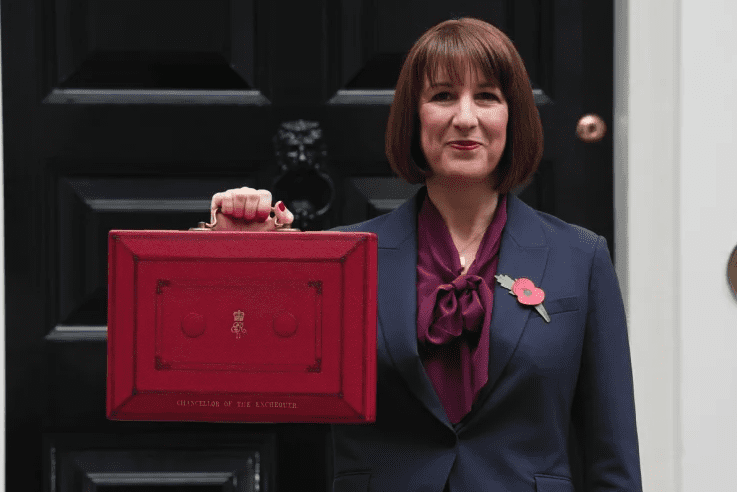
Connor MacDonald
Head of Economics and Social Policy (2022-2023)
Winston Churchill used to say that there are lies, damned lies and statistics. His adage could well apply to the GDP statistics released today, which, depending on which number you choose, tell conflicting stories.
The headline GDP number is strong, with the UK economy posting a 7.5 percent growth rate to December, the fastest since ONS records began. It also outstrips other G7 economies. This on its face may sound impressive, but it’s worth reflecting on a few things that mean steering the UK economy will require serious choices in the years ahead.
Firstly, due to among other things the sectoral composition of the UK economy, the UK was originally quite badly hit by COVID-19. Below is a table from the ONS, showing just how much the UK was impacted compared to its competitors.

This means that, in terms of actual recovery, the UK’s performance sits in the middle of the G7. The leaders are Canada and the US, whose growth rates this year may have been smaller, but whose economies have either returned to or exceeded pre-COVID-19 levels of output.
A full ONS graph is below:

Secondly, the UK posted a 0.2 percent decrease in economic activity in December 2021, showing that Omicron did have some impact (although the Bank of England has said it expects the impact to ultimately be “limited and of short duration”). While this will likely not be a significant and long-lasting constraint on output, it was one of the reasons the IMF downgraded the UK’s growth forecast for 2022.
Thirdly, the United Kingdom is vulnerable to supply shocks, particularly energy supply shocks, as the UK imports 40 per cent of its gas demand. Unhelpfully for the long-term, this is set to rise to 70 per cent by 2030. This means that Great Britain is at the mercy of global prices, particularly in the context of the ongoing conflict in Ukraine. High gas prices will compress consumer demand and is a major component of the UK’s rising inflation.
Fourthly, the UK labour market is very tight, again putting pressure on the price level and constraining growth. Most worryingly, the problem is two-fold. On the one hand, according to an Institute for Employment Studies analysis, there are now 1.1 million fewer people in the labour market than would have been expected pre-pandemic. This is in part because of a high number of older people likely choosing early retirement, but that still leaves around 500,000 more people inactive than would have been expected. The below graph based on the IES analysis demonstrates the extent of the problem.

The other aspect of the labour market problem is the significant number of vacancies. There are now just 1.1 unemployed people per vacancy – the tightest labour market in at least fifty years according to the IES. Thus, there is a serious problem where there is upward pressure on wages due to vacancies while the UK is also experiencing a participation gap.
Finally, output per worker is still 0.6 percent below pre-COVID-19 levels in the last set of ONS statistics published. Accompanied by the Bank of England’s forecast that real post-tax wages will fall 2 percent this year, the biggest fall since the statistical series began, it is likely that growth will slow in the coming years, and that productivity growth will continue to stall, as it did after the financial crisis. This is extremely worrying given that the UK is already a middling performer relative to the G7 on most productivity metrics.
As a result of the above headwinds, it is absolutely vital that the UK Government takes a pro-growth approach and is laser-focused on the problem of productivity. The Levelling Up White Paper rightly sees productivity challenges at the heart of the UK’s economic performance, and that should continue to be the focus going forward. Rising productivity is the surest way to raise living standards and maintain competitiveness over the long-term.
As I wrote recently for Policy Exchange, the Government needs to adopt a “venture capital” mindset, and put growth at the heart of its agenda. That means making macroeconomic choices that aren’t necessarily constrained by a tightened fiscal policy and is prepared to use fiscal policy to address underlying weaknesses in the economy, as Policy Exchange argued at the height of the pandemic.
The United Kingdom has an opportunity now to put many of the economic scars of the COVID-19 pandemic behind it, but it must be willing to make hard, long-term choices to do so. The Government should consider this closely in the upcoming budget, and in every decision it makes.


